Scaling EV Battery Recycling: Shredding Innovations Drive the Global Lithium Resource Recovery
The electric vehicle (EV) revolution is accelerating worldwide, but with it comes a tidal wave of retired lithium-ion batteries. Globally, end-of-life EV batteries are projected to exceed 500 GWh by 2030, according to the International Energy Agency (IEA), fueling a recycling market valued at over $20 billion annually.
In the EU, the new Battery Regulation (effective 2025) mandates 70% recycling efficiency for lithium, cobalt, and nickel, while the U.S. Inflation Reduction Act (IRA) offers tax credits up to $40/kWh for domestic battery processing. These policies underscore a universal shift: from waste to wealth, as recovered materials like lithium could supply 20% of new demand by 2040.
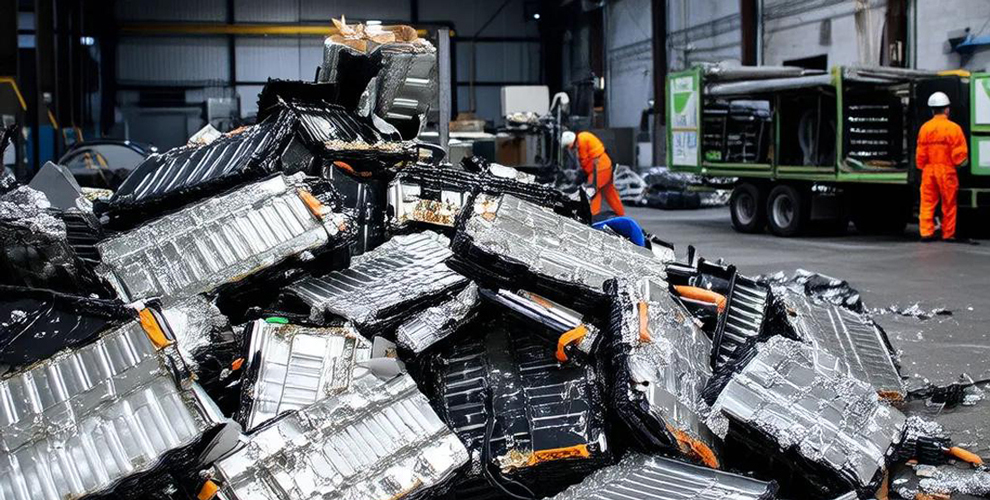
In China, the epicenter of EV production, the "retirement wave" is already cresting. With over 300,000 tons of spent power batteries awaiting recovery in 2024—translating to a market nearing $6.7 billion—the sector is poised for explosive growth. By 2030, China's battery recycling industry could surpass $14 billion, driven by giants like CATL and BYD, who boast cobalt-manganese-nickel recovery rates above 99% and per-ton values exceeding $5,600.
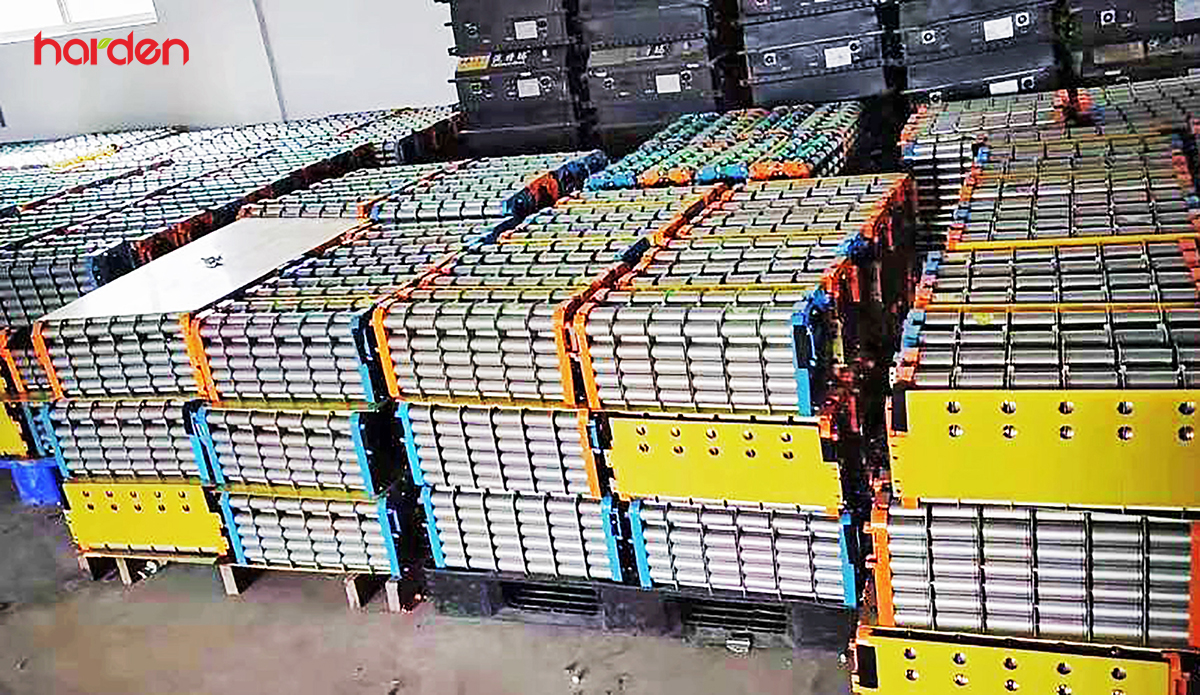
Yet, behind this boom lies a critical hurdle: efficient pre-treatment technology. As batteries retire en masse—first-wave vehicles from 2016 hitting warranty expiration—this influx demands scalable, safe shredding solutions to unlock their mineral riches.
The Global Imperative: From Landfill Legacy to Circular Supply Chains
Battery recycling isn't just an environmental imperative; it's a geopolitical one. In Europe, where EV adoption hit 22% of new car sales in 2023 (European Automobile Manufacturers' Association), the continent grapples with import-dependent lithium supplies—90% from Australia and South America.
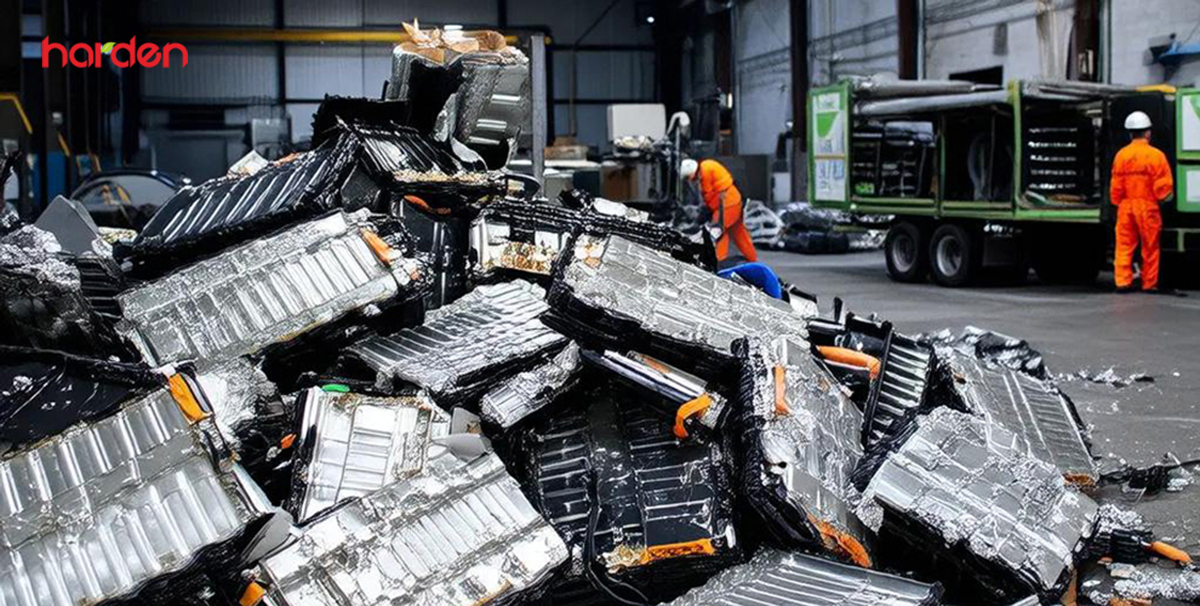
The EU's Critical Raw Materials Act aims to onshore 40% of processing by 2030, emphasizing mechanical shredding to minimize chemical waste. Across the Atlantic, U.S. firms like Redwood Materials are scaling "gigafactories" for black mass production, where shredded battery components yield high-purity cathode precursors.
Asia mirrors this urgency. South Korea's 2023 Battery Recycling Act enforces 95% material recovery, while Japan's Toyota and Panasonic joint ventures process 10,000 tons annually via hydrometallurgical routes.
These regions highlight a common thread: pre-shredding is the gateway. Without uniform particle reduction, downstream methods—dry recovery for low-emission sorting or wet leaching for high-yield extraction—falter, leading to inefficiencies, safety risks, and lost value.
China's landscape echoes these global trends but amplifies them. Since 2016's EV subsidy surge, over 1 million vehicles will exit warranties by 2025, per the China Automotive Technology & Research Center.
This "retirement tide" coincides with tightened regulations: the State Administration for Market Regulation's recent revisions to the Interim Measures for Comprehensive Utilization of Retired Power Batteries introduce five new standards, bringing the total to 22. Covering everything from disassembly and shredding to metal and black mass processing, these norms prioritize safety in high-voltage environments.
A spotlight falls on pre-treatment: should operators opt for deep-discharge shredding or the emerging controlled-oxygen (inert gas) direct-shredding? The latter—safer and faster—is gaining traction, aligning with international best practices like those from the U.S. Department of Energy's ReCell Center.
The Core Challenge: Shredding Safely in a High-Stakes Maze
Retired EV batteries are no simple discards. Encased in rugged aluminum shells, they house volatile lithium salts, electrolytes, and layered cathodes that can spark or rupture under stress. Globally, incidents underscore the peril: a 2022 EU facility fire from improper shredding highlighted the need for inert atmospheres, while U.S. pilots report up to 15% downtime from bridging in heterogeneous packs.
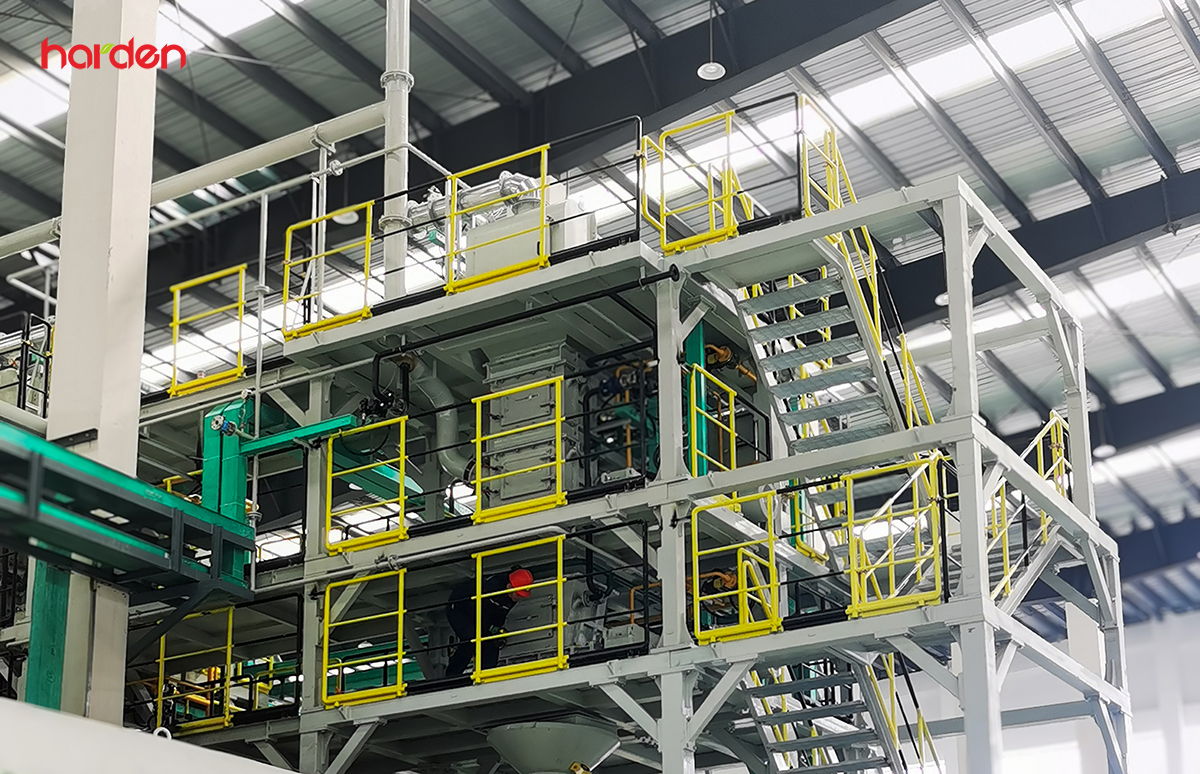
Variations across brands—NMC vs. LFP chemistries, pouch vs. prismatic formats—complicate automation, demanding adaptable tools for everything from rigid casings to fragile separators.
In China, these issues compound with scale: fluctuating pack designs from domestic OEMs strain traditional methods, inflating costs and emissions. Dry recovery is primarily favored in China and Europe, accounting for over 80% of processes. While energy-efficient, dry recovery requires uniform, loose particles under 50mm; without precise control, oversized fragments trap valuable metals in the slag.
Harden's Breakthrough: Precision Shredding for Battery Resource Recovery
Harden Machinery Ltd. directly tackles these pain points with its Battery Resource Recovery Shredding Pre-Treatment System—a modular, high-performance solution tailored for global EV waste streams. Drawing on deployment experiences from China, Europe, and North America, our system converts complex battery packs into process-ready feedstock, seamlessly bridging mechanical reliability with chemical efficiency.
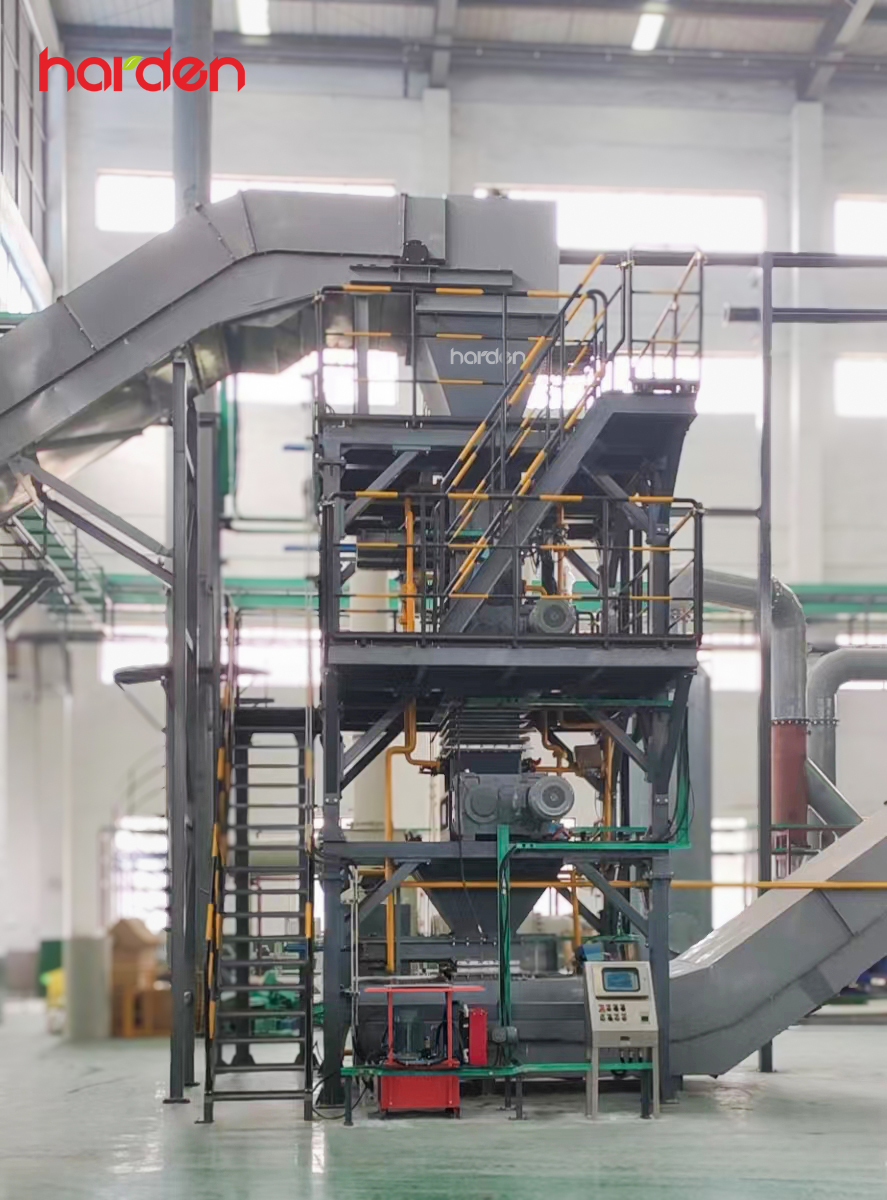
Core Technology: Custom-Engineered Shredder
At the heart of the system is a custom-engineered shredder equipped with high-strength, corrosion-resistant alloy blades. The optimized rotor geometry—blade shapes, arrays, and shear gaps—has been rigorously validated through extensive field trials, ensuring effective reduction of diverse module components such as electrodes, current collectors, and membranes.
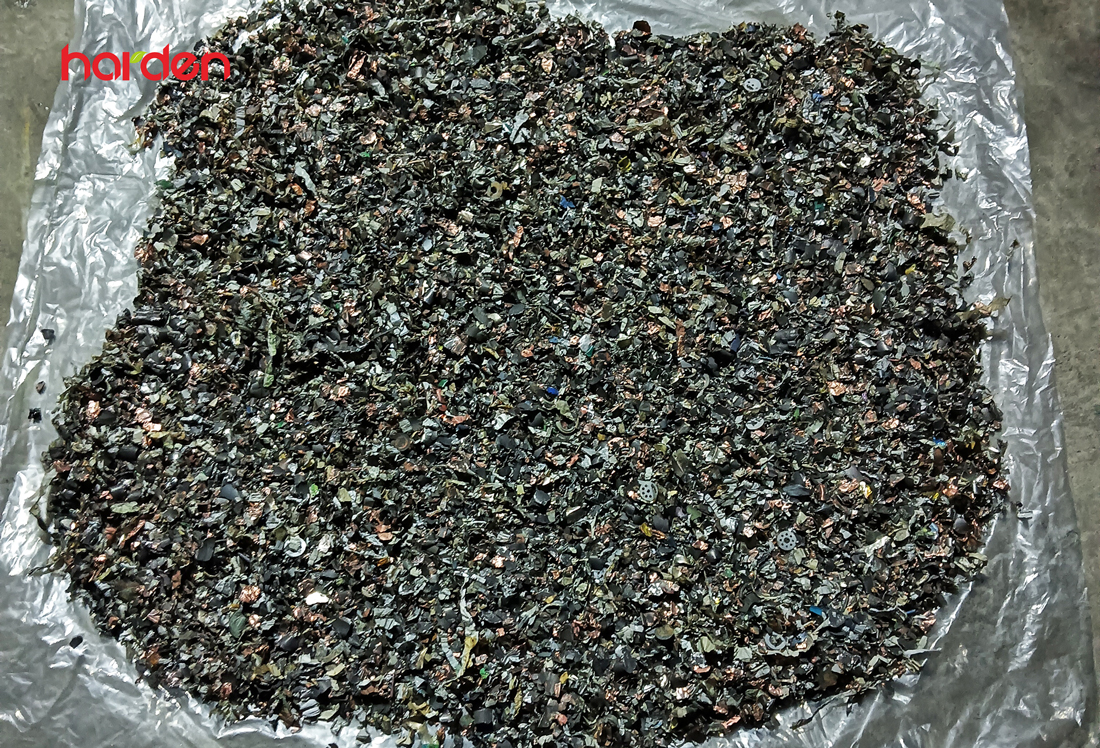
Whether handling rigid casings or fragile foils, Harden's battery shredding equipment produces consistent 30mm particles at a rate of 2-6 tons per hour, on par with high-end systems, achieving >95% liberation rates for downstream hydrometallurgical or pyrometallurgical extraction while controlling energy consumption at 10-30 kWh/ton.
Safety Assurance: Inert Gas and Intelligent Protection
Safety is uncompromising. The enclosed chamber integrates inert gas recirculation (nitrogen purging) to suppress sparks and thermal runaway, complying with OSHA, EU ATEX, and emerging Chinese GB standards. Intelligent pusher mechanisms prevent bridging, while adaptive screens ensure uniform flow—these key features deliver superior black mass quality, with >95% liberation rates significantly boosting downstream yields.
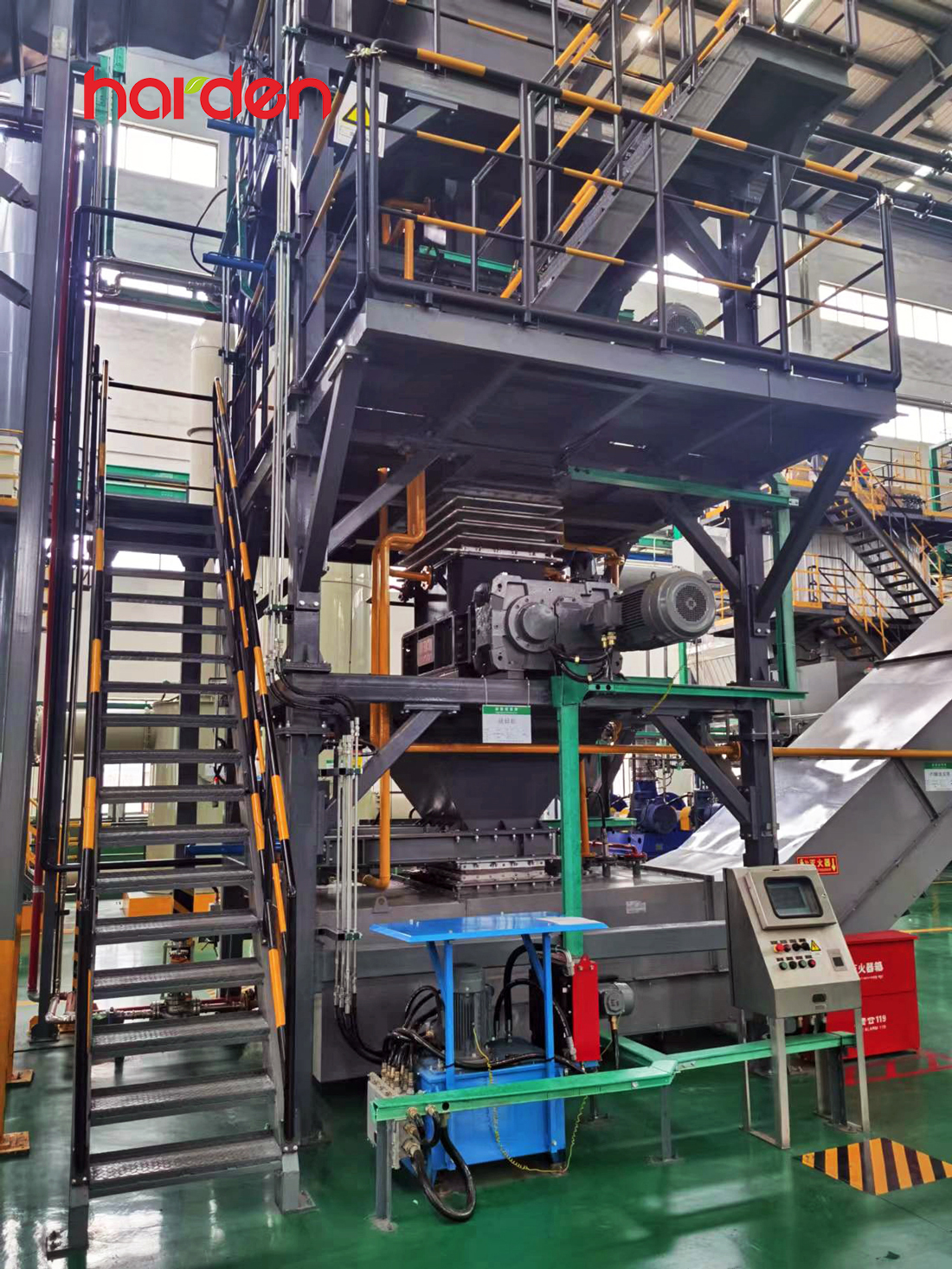
Flexible Adaptation: PLC-Controlled Support for Multiple Chemistries
Flexibility is our core strength. Through PLC-controlled torque, speed, and force profiles, the system adapts in real time to diverse chemistries: high-torque density for LFP and fine gaps for NMC. This modularity enables hybrid workflows—pairing with dry and wet process markets—to enhance efficiency and capacity when handling varied materials, ultimately delivering exceptional shredding performance.
The Road Ahead: From Waste to Wealth in a Battery-Powered World
As the EV boom reshapes supply chains, battery recycling stands as the linchpin of sustainability. Globally, it could avert 1.5 million tons of CO₂ emissions yearly by 2030 (IEA), while securing critical minerals amid geopolitical tensions.
In China, aligning with "dual-carbon" goals, our solutions empower recyclers to capture that $14 billion prize—turning "mobile bombs" into modular gold.
Harden Machinery Ltd. is at the forefront, delivering shredding tech that scales with the tide. Whether you're navigating EU mandates or Asian megafactories, our systems ensure safe, efficient recovery. Explore how we can optimize your battery pre-treatment at www.hardenshredder.com or contact info@hardenmachinery.com for a consultation. The future of EVs is electric—and recyclable.

